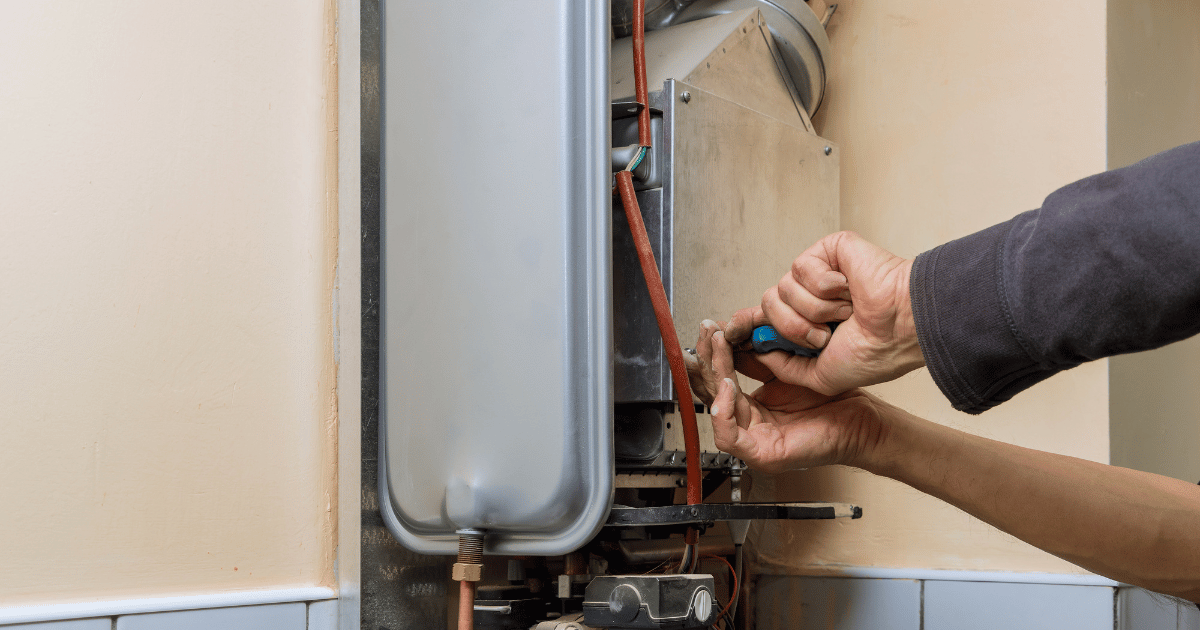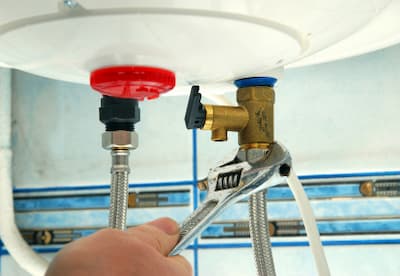Key Care Strategies for Your Home's Hot Water SystemMaking Sure Longevity of Your Home's Hot Water System: Care AdviceBest Methods to Care for Your Home's Hot Water System Successfully
Key Care Strategies for Your Home's Hot Water SystemMaking Sure Longevity of Your Home's Hot Water System: Care AdviceBest Methods to Care for Your Home's Hot Water System Successfully
Blog Article
Every person has got their unique perception about How to Maintain Your Water Heater & Prolong its Life.

Warm water is crucial for everyday convenience, whether it's for a rejuvenating shower or washing meals. To ensure your warm water system runs effectively and lasts longer, routine upkeep is essential. This post provides functional tips and understandings on just how to keep your home's hot water system to prevent disruptions and expensive fixings.
Intro
Maintaining your home's warm water system might seem daunting, however with a couple of easy steps, you can ensure it runs efficiently for years to find. This overview covers whatever from comprehending your warm water system to do it yourself maintenance ideas and recognizing when to hire specialist help.
Value of Keeping Your Hot Water System
Routine upkeep not just expands the life expectancy of your hot water system yet additionally ensures it operates effectively. Neglecting maintenance can bring about decreased effectiveness, greater power costs, and also premature failure of the system.
Indications Your Warm Water System Demands Upkeep
Recognizing when your warm water system requires focus can protect against significant issues. Look out for signs such as inconsistent water temperature, weird sounds from the heating system, or corroded water.
Recognizing Your Warm Water System
Prior to diving right into upkeep tasks, it's useful to understand the basic components of your hot water system. Typically, this includes the hot water heater itself, pipelines, anode rods, and temperature controls.
Regular Monthly Upkeep Tasks
Normal month-to-month checks can help capture small concerns prior to they rise.
Purging the Hot Water Heater
Purging your hot water heater gets rid of debris accumulation, enhancing effectiveness and extending its life.
Checking and Replacing Anode Rods
Anode poles avoid corrosion inside the tank. Inspecting and replacing them when broken is important.
Evaluating and Adjusting Temperature Level Setups
Readjusting the temperature level setups guarantees ideal performance and security.
DIY Tips for Maintenance
You can perform numerous maintenance tasks yourself to maintain your hot water system in top condition.
Looking for Leakages
Frequently examine pipes and connections for leaks, as these can bring about water damage and higher bills.
Evaluating Stress Relief Valves
Testing the stress safety valve ensures it operates properly and avoids excessive stress accumulation.
Insulating Pipelines
Protecting hot water pipelines minimizes heat loss and can conserve energy.
When to Call a Professional
While do it yourself upkeep is advantageous, some problems need expert expertise.
Complicated Issues Requiring Professional Assistance
Examples consist of significant leakages, electrical troubles, or if your hot water heater is regularly underperforming.
Regular Expert Upkeep Conveniences
Expert upkeep can include detailed evaluations, tune-ups, and making certain compliance with security criteria.
Conclusion
Routine upkeep of your home's hot water system is necessary for performance, durability, and expense financial savings. By following these suggestions and recognizing when to look for professional assistance, you can ensure a trustworthy supply of warm water without unexpected disruptions.
Water Heater Maintenance: The Basics
Maintaining your water heater will ensure it operates efficiently and has a longer lifespan. Neglecting regular maintenance can lead to costly repairs and an even bigger chunk of your savings if you have to replace it sooner than necessary. But there’s good news: Most water heater maintenance tasks are relatively simple and easy for homeowners with basic DIY skills.
Flush the Water Heater
Over time, sediment and minerals can build up in the tank, reducing its efficiency and potentially causing damage. To flush the tank, turn off the power or gas supply, attach a hose to the drain valve near the bottom and open the valve to drain the water until it runs clear. Ideally, flush the tank annually.
Replace the Anode Rod
The anode rod is a sacrificial metal rod that helps prevent corrosion inside the tank. Inspect and replace it every three to five years or per the manufacturer's recommendation. To replace the anode rod, turn off the power or gas supply, drain a few gallons of water from the tank, unscrew the old rod and replace it with a new one. If the anode rod is significantly corroded or covered in calcium buildup, it's a sign the water heater may need to be replaced soon.
Tune-Up
A yearly tune-up can help identify potential issues and ensure your water heater operates at peak efficiency. This typically involves checking the thermostat, burner assembly (for gas heaters) and any other components specified by the manufacturer. During a tune-up, the technician may also clean the burner and adjust the pilot light (for gas heaters) or examine the heating elements (for electric heaters).
How to Maintain Your Water Heater
Insulate the tank. Insulating the tank can improve energy efficiency and reduce heat loss, saving you money on energy bills. You can purchase precut insulation blankets designed specifically for water heaters or use standard fiberglass insulation wrapped securely around the tank. Check the temperature. The recommended water temperature for most households is around 120 degrees Fahrenheit (49 degrees Celsius). Higher temperatures can increase energy costs and potentially cause scalding. Use a kitchen thermometer to check the temperature at the faucet nearest the water heater. Monitor water pressure. Excessive water pressure can strain the water heater and cause leaks or even tank failure. Install a pressure-reducing valve if necessary. The ideal water pressure range is between 60 and 70 PSI (pounds per square inch). Test the temperature and pressure (T&P) relief valve. The T&P relief valve is a safety feature that releases pressure if the tank gets too hot or the pressure builds up too high. Test it annually by lifting the lever and allowing a small amount of water to release. Replace the valve if it doesn't release water or reseal properly. Check for leaks. Regularly inspect the tank, pipes and fittings for leaks or corrosion. Deal with issues promptly to prevent further damage. Even a small leak can lead to significant water damage over time. Consider a tankless water heater. If your traditional tank-style water heater is nearing the end of its lifespan ( typically 10 years), consider replacing it with a tankless water heater. These units heat water on demand, reducing standby energy losses and potentially saving you money on your energy bills. Schedule professional maintenance. While homeowners can perform many water heater maintenance tasks, it's still a good idea to schedule professional maintenance every few years. A plumber or HVAC technician can thoroughly inspect the unit, identify potential issues and ensure it operates safely and efficiently. https://www.homeserve.com/en-us/blog/home-improvement/hot-water-heater-maintanence/

We were guided to that report on How to Maintain Your Water Heater & Prolong its Life from someone on another web property. Enjoyed reading our entry? Please quickly share it. Help someone else discover it. Thanks for your time spent reading it.
Need Help? Hire Us Now! Report this page